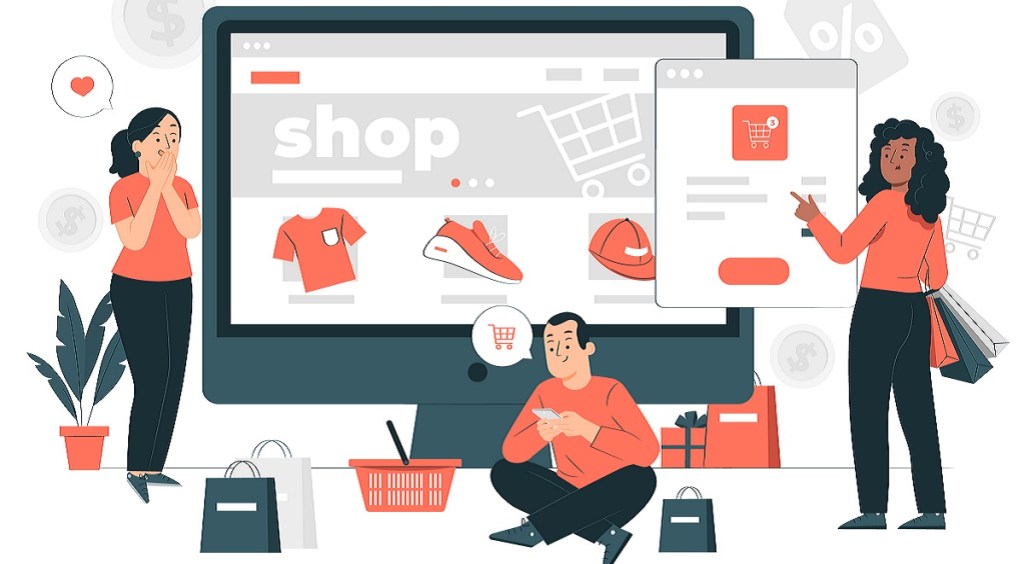– By Kunal Tiwari
The festive season aka the ‘golden quarter’ is here, which leads to increased participation of online shoppers and sales in the e-commerce business. As per the Redseer Strategy Consultants report, online sales is expected to increase by 28 per cent to $11.8 billion during the festival season of 2022: estimated to be one of the biggest since the pandemic. Rising digital adoption and internet penetration in tier-II cities and beyond have been one of the main drivers of this growth. Due to this accelerated growth, e-commerce shoppers have become more heterogeneous in the post-pandemic era which poses several challenges for marketplaces and sellers alike. Order fulfillment, especially last mile execution, and inventory management have become even more challenging due to these changing consumer trends. Add to that, high advertising costs, rising CACs coupled with impulse buying and high preference for cash on delivery (COD) in e-commerce create further challenges for brands to make the most of the festive season.
Also Read: Microsoft fires about 1000 employees, as global slowdown bites Meta, Twitter, Snap, other tech firms
Key problems faced by marketplaces during the festive season:
1. Marketplaces, during the festive season, get largely competitive and run big-budget festival campaigns to drive traffic to their platforms. They invest heavily into offer-driven campaigns for bringing more traction, however, this also leads to additional risk of fraudulent buyers, and impulse ordering.
2. E-commerce shoppers have become more heterogeneous post-pandemic with the acceleration of online shopping adoption from tier-II & beyond cities. Festive season sales add to that traction with more new shoppers trying out e-commerce shopping for the first time. Therefore, providing a similar seamless customer experience for all shoppers poses a daunting challenge for marketplace brands.
3. New e-commerce shoppers in tier -II, -III, -IV cities have relatively lower trust and a lot of apprehensions about shopping online from marketplaces. They are unsure about the product quality for lack of physical touch & feel, apprehensive about the promised delivery timeline shown at the time of purchase, how to get refunds in case they don’t like the product they bought, misunderstanding about the product or other details due to language barrier, etc. All this uncertainty leads to more cash on delivery (COD) orders, impacting the cash flow of the sellers of these marketplaces.
4. Due to high competition within the marketplace platform, smaller sellers find it extremely difficult to feature in the top searches for their product categories and bigger brands with deeper pockets take away the lion’s share of the sales. Hence, even if marketplaces spend on advertising they are unable to ensure that all brands – big or small are able to ride on the festive wave to increase their sales.
5. While customers prefer COD due to low trust in e-commerce shopping, for sellers it increases pressure on their cash flow and inventory management due to high return to origin (RTO), especially during the festive season. While topline sales might indicate growth in volumes, the bottom line will suffer majorly if RTO goes unchecked during the high peak season of sales.
Unopened returns mainly happen because:
1. Customers may find a better deal for the same product on other marketplaces.
2. Cancellations due to customer unavailability at the time of delivery, or some other channel/ marketplace delivered faster.
3. Low affordability at the time of delivery where the customer is unable to pay.
4. Cancellations of time-sensitive deliveries if the customers don’t receive the order on the expected date, especially true for new e-commerce shoppers who are more apprehensive and exhibit lower trust in online shopping.
5. Products are not as expected, therefore, returned at the doorstep.
6. Incorrect or inaccurate addresses of customers especially from tier -II, -III, -IV cities.
How to solve the RTO problem during the festive season?
1. Using customer data and ML, marketplaces can identify genuine customers from fraudulent ones amidst the huge traffic inflow during the festive season, especially coming from Facebook and Instagram which usually exhibit low intent/ impulse buying behaviour. Depending on the risk score of the customers, marketplaces can then decide to put the required interventions in place to prevent RTO. Such as they can reward good behaviour of customers by incentivizing prepaid channels or by penalising customers with bad RTO behaviour by adding COD shipment charges or add a few extra steps in COD order placement.
2. Marketplaces can use high-quality images with clear product descriptions for their sellers, especially for smaller/lesser-known brands. It will help customers alleviate their concerns about the authenticity of the product considering they could be discovering the brand for the first time or may not have even heard about the brand before. Additionally, they can also take the role of educating customers about the process of delivering the product in the festive rush and its impacts on order cancellations in small businesses, motivating them to prevent RTO.
They can also ship products together in smaller batches which can significantly lower the chances of RTO.
3. Assist new e-commerce customers from product discovery to order placement through vernacular language or voice bot support and continue to communicate with them until the order reaches them. Provide order tracking tools and customer support at every stage of the shipment. If the delivery is even slightly delayed, make sure the customer is notified. This can help in building trust for these customers and further reduce the chances of RTO.
(Kunal Tiwari is the Chief Product Officer at GoKwik)
Disclaimer: The views and opinions expressed in this article are solely those of the original author. These views and opinions do not represent those of FinancialExpress.com or its employees.

